First Breaths with Florence
American innovation breathes new life into newborns in Malawi
In sub-Saharan Africa, one in 37 babies die in the first month of life, compared to one in 333 in high-income countries.
This is a story of two heroes, one Malawian and one American, working together to save newborn lives in Africa and across the globe.
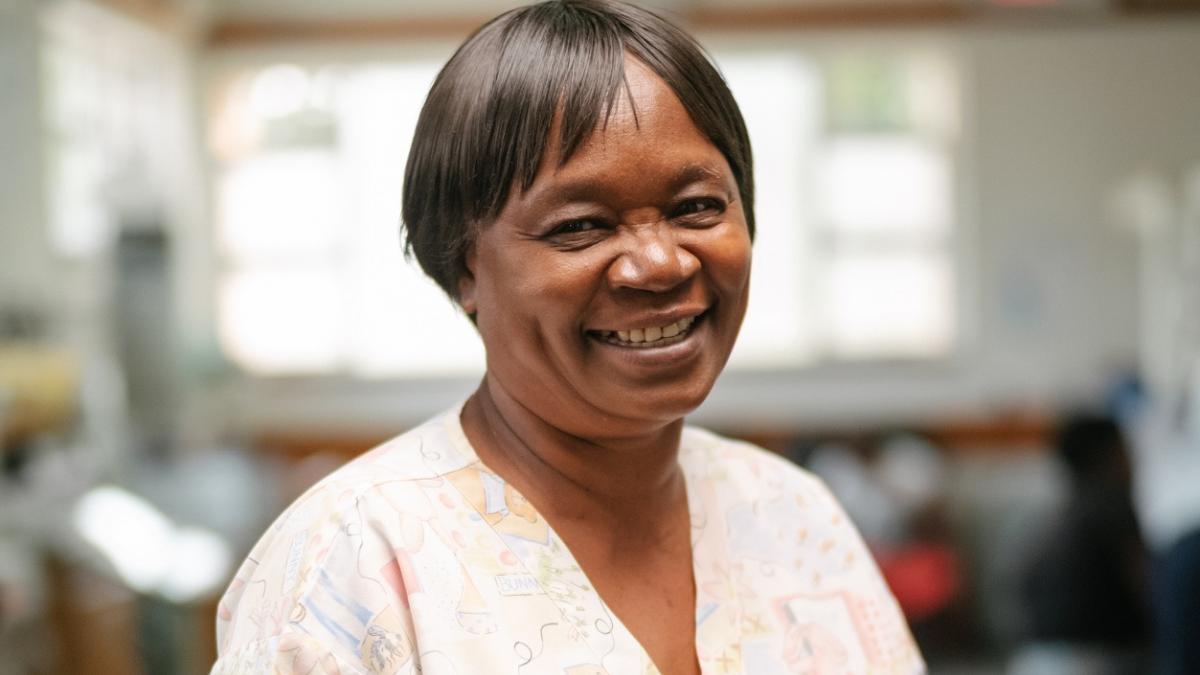
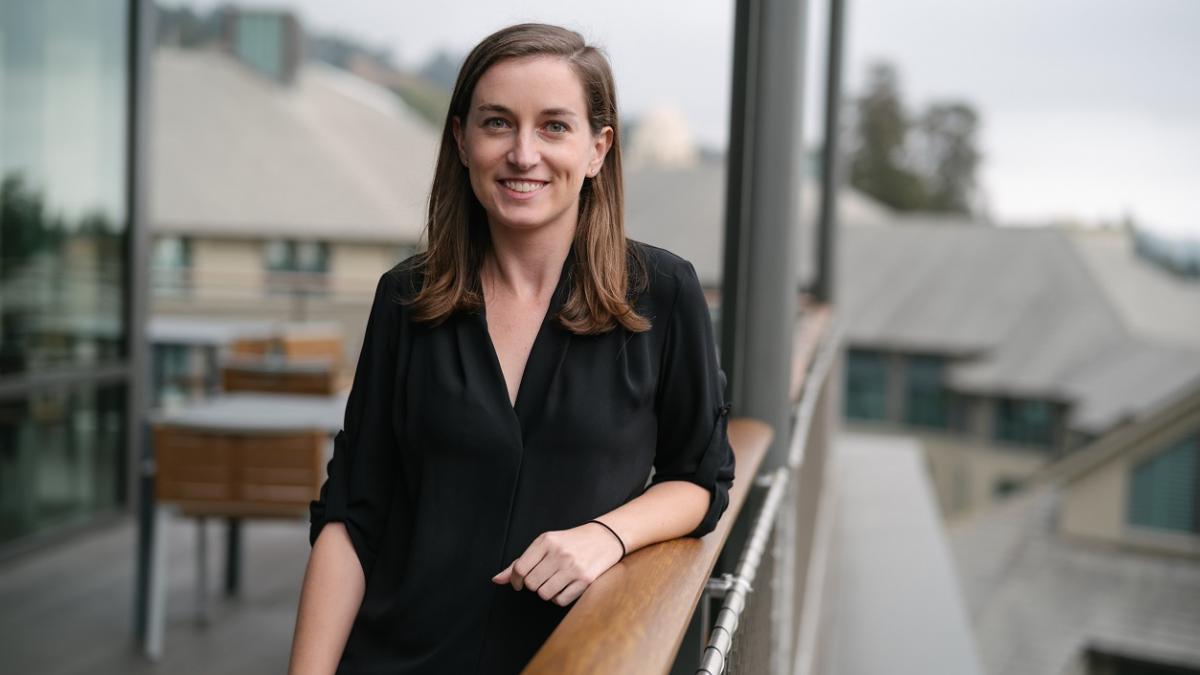
Florence Mwenifumbo is a neonatal nurse in Malawi, and Jocelyn Brown is an MBA student at the University of California, Berkeley.
Both champion the use of the continuous positive airway pressure machine, better known as CPAP. The CPAP can provide premature babies with the air pressure needed to support their breathing.
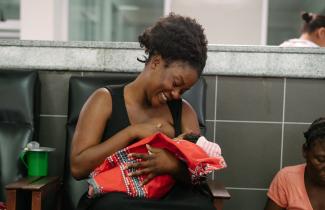
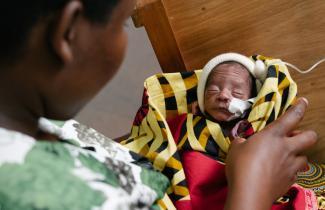
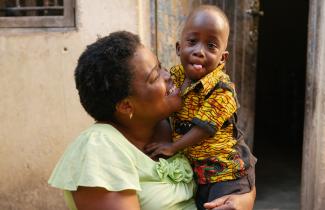
Championing CPAP
Florence earned the title “CPAP Champion” for her efforts to train her peers at Queen Elizabeth Hospital in Blantyre, Malawi’s second-largest city.
“They have given me this name because they know if they have got a challenge, they call me to fix that challenge,” Florence says.
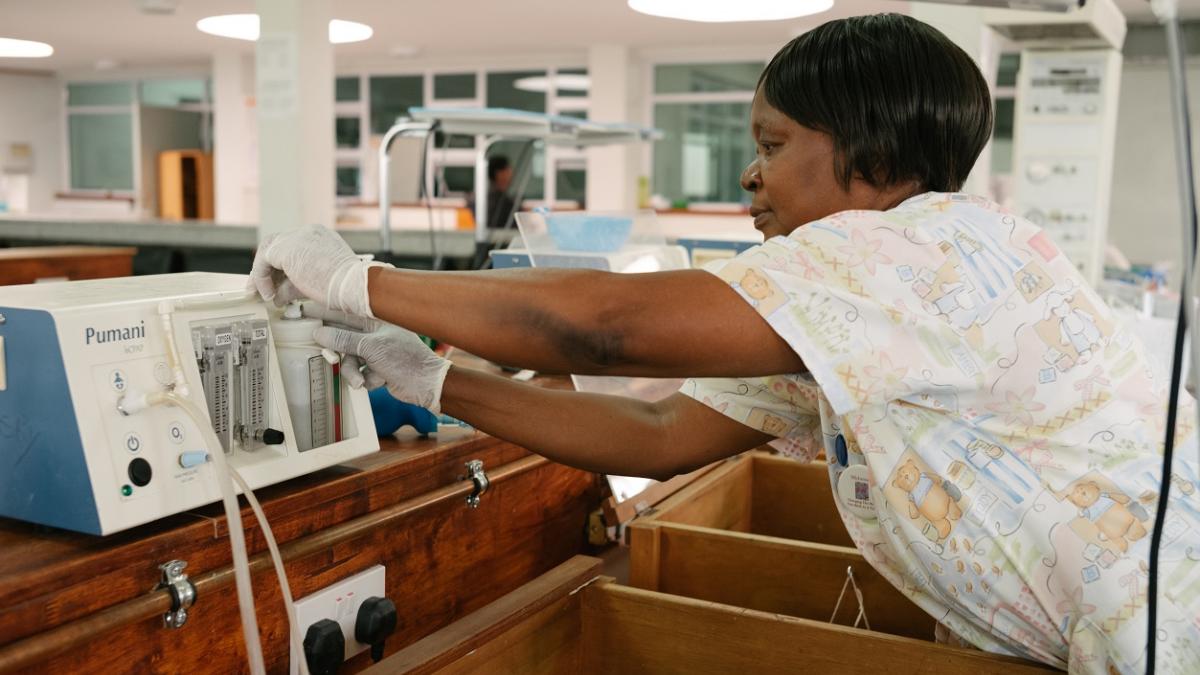
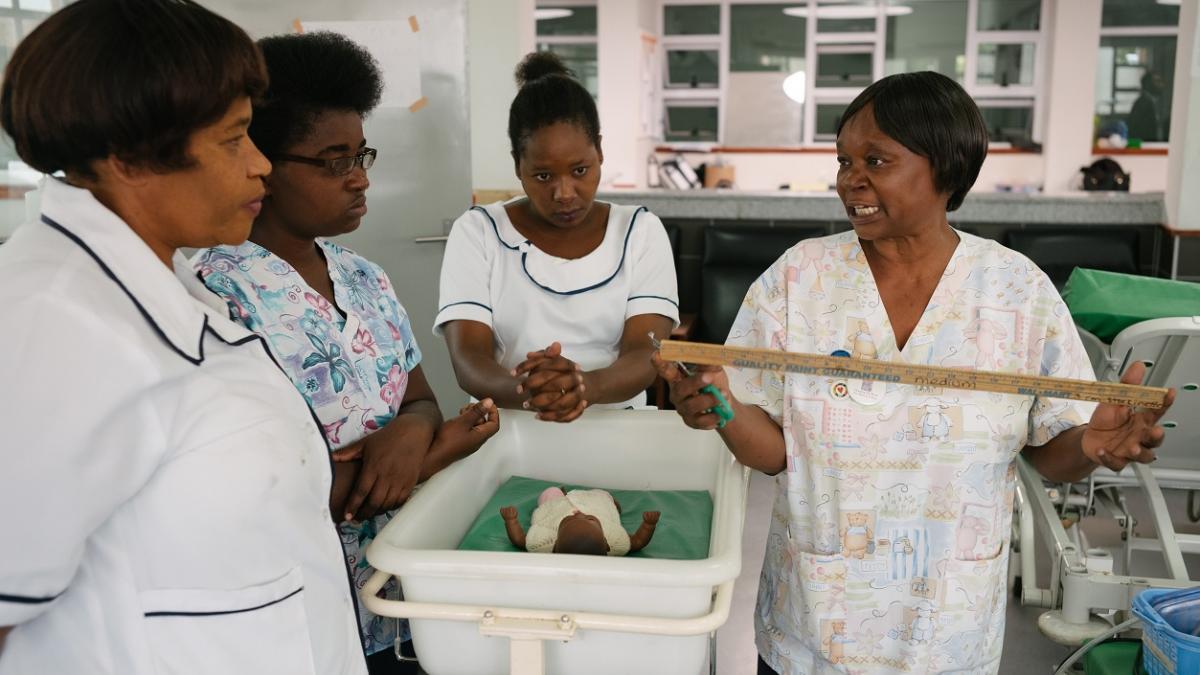
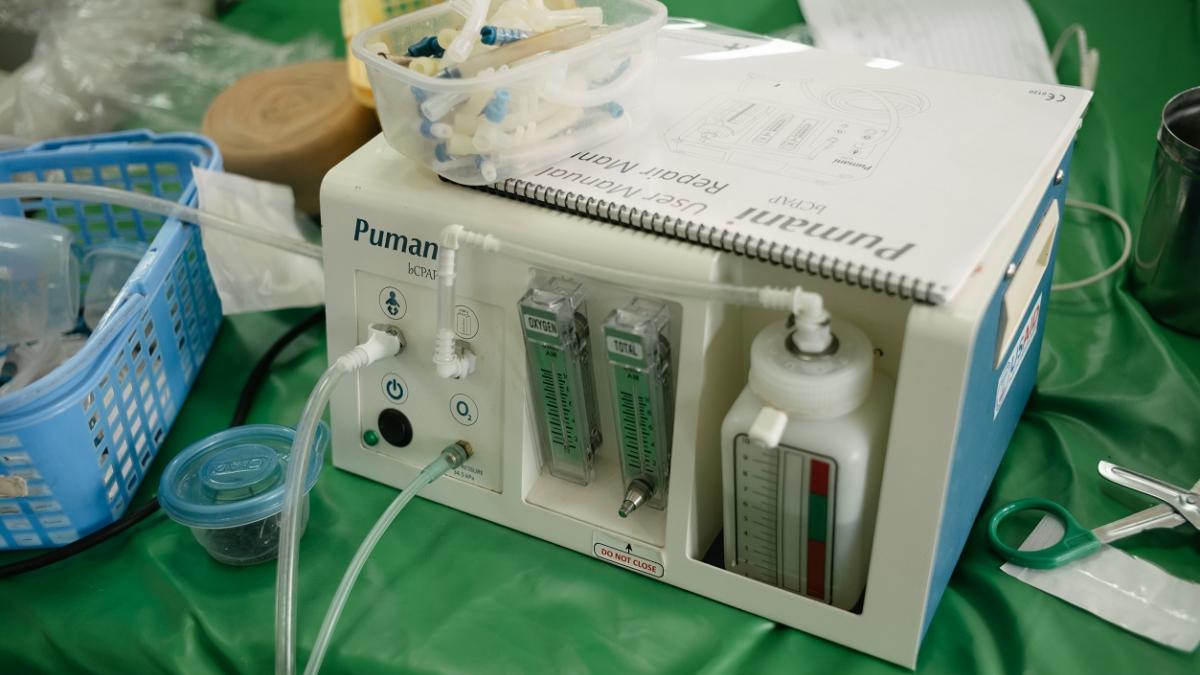
By delivering higher concentrations of oxygen, the CPAP can save the lives of babies who don’t respond to normal oxygen therapy treatment. Before using the CPAP, Florence and her team were losing many premature babies with breathing difficulties.
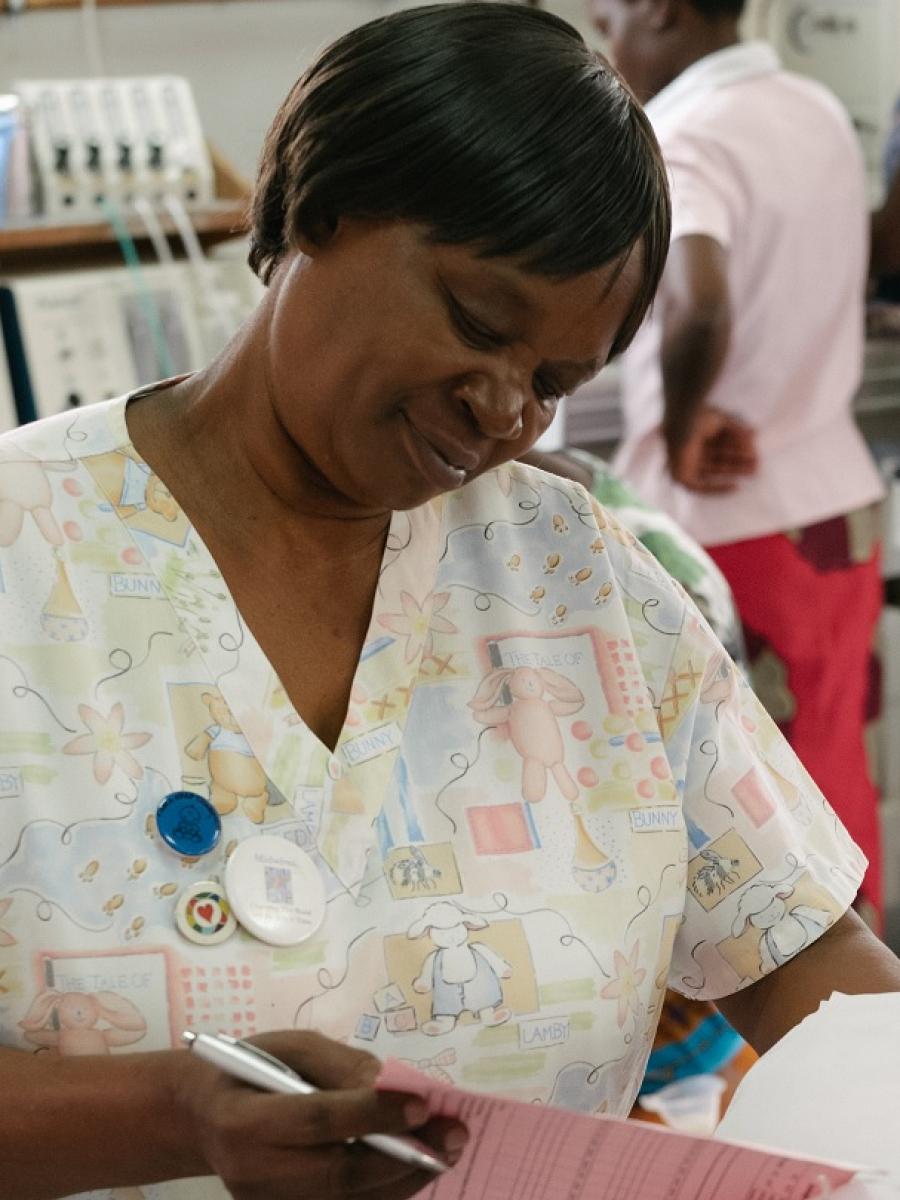
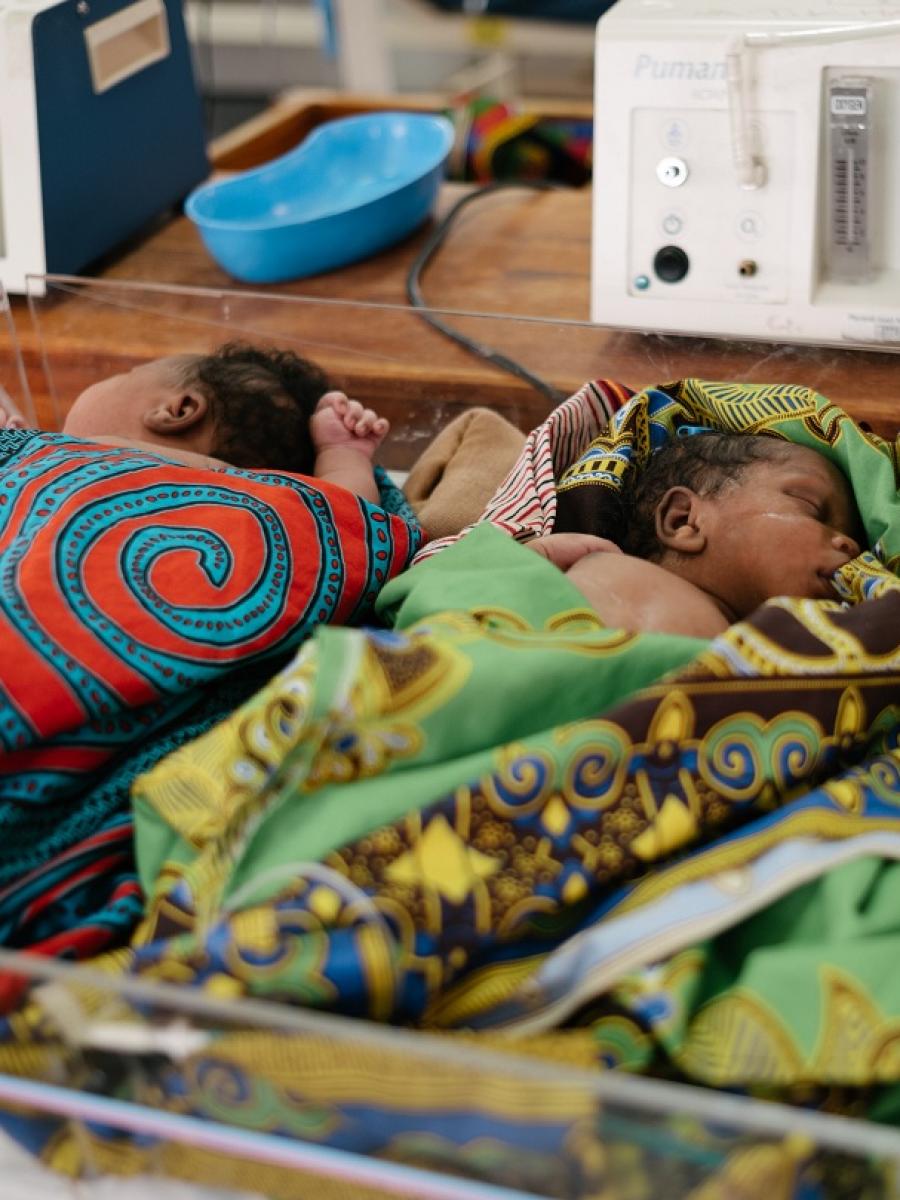
Scaling CPAP across Malawi
Now, Florence educates hospital staff on the importance of the CPAP and how to use it to save lives. Florence was instrumental in expanding its use in Queen Elizabeth Hospital, and she has trained nurses across the country.
With her hard work and dedication, the CPAP is now being scaled up in hospitals throughout Malawi and across the globe.
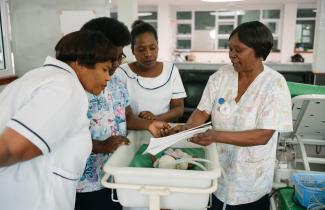
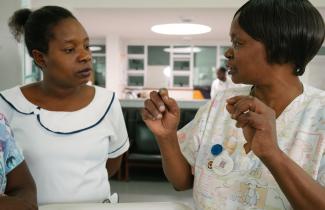
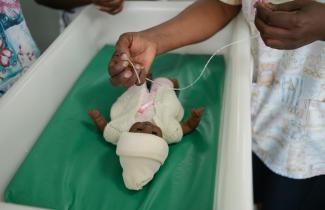
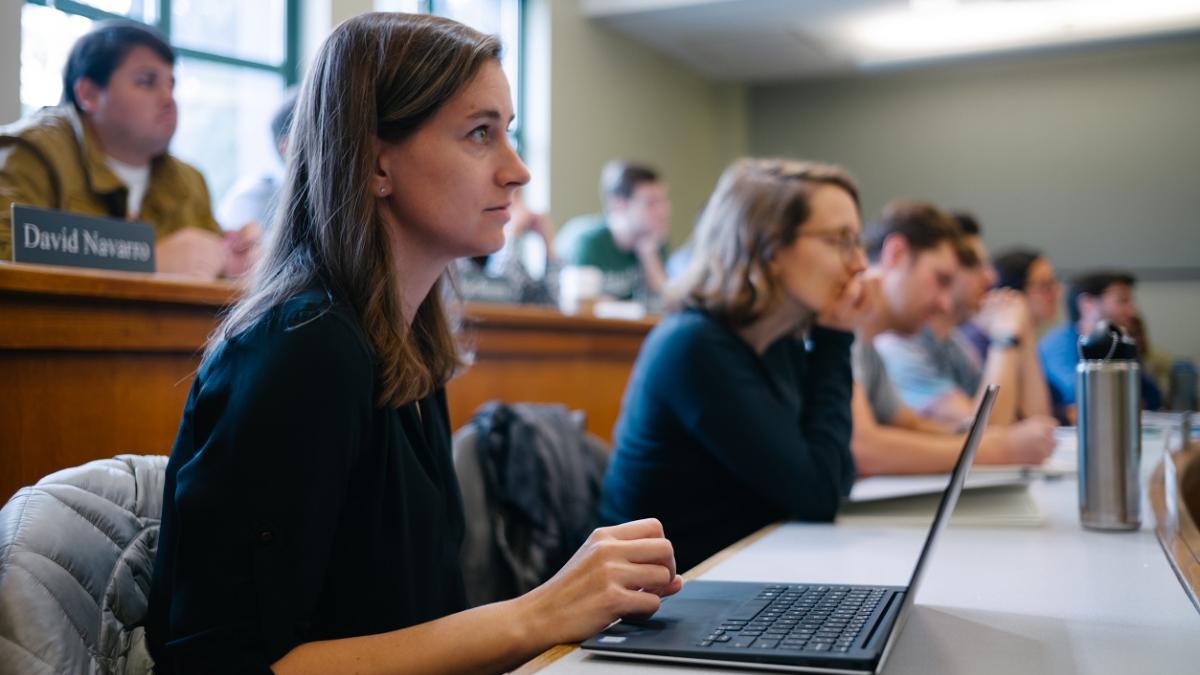
The key to expanding use of CPAP was to make it affordable and durable. Jocelyn Brown tackled that challenge as a bioengineering student at Rice University. She invented the Pumani bCPAP, “pumani” signifying “breath” in the Malawian language of Chichewa.
Using low-cost supplies and a shoe box from Target, Jocelyn and her team created a prototype that costs one-tenth of the price of a traditional CPAP.
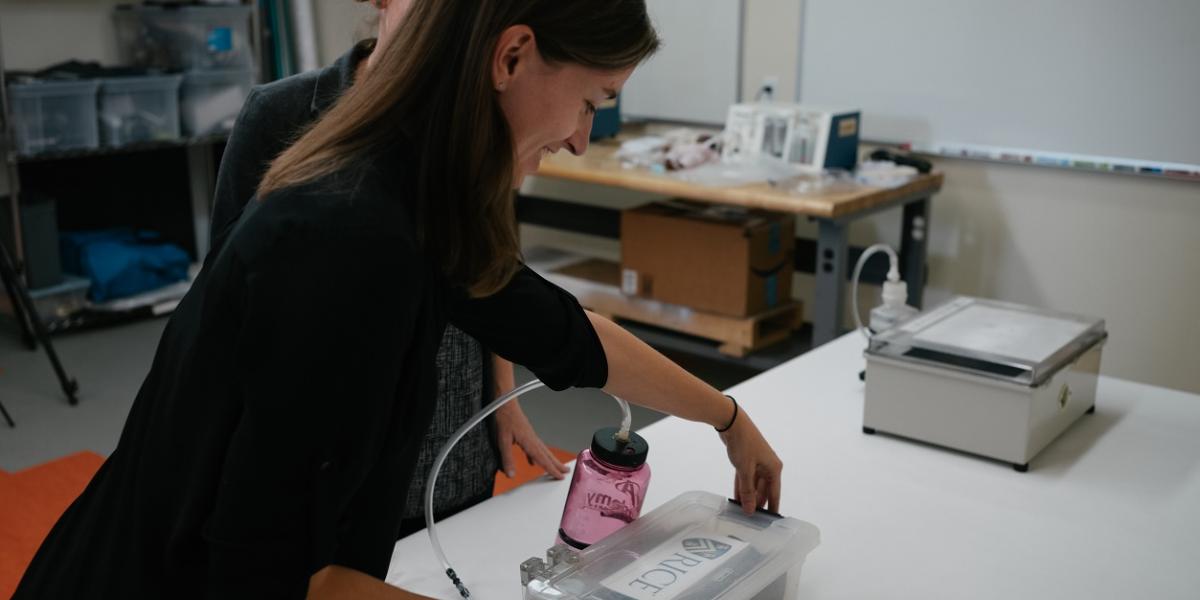
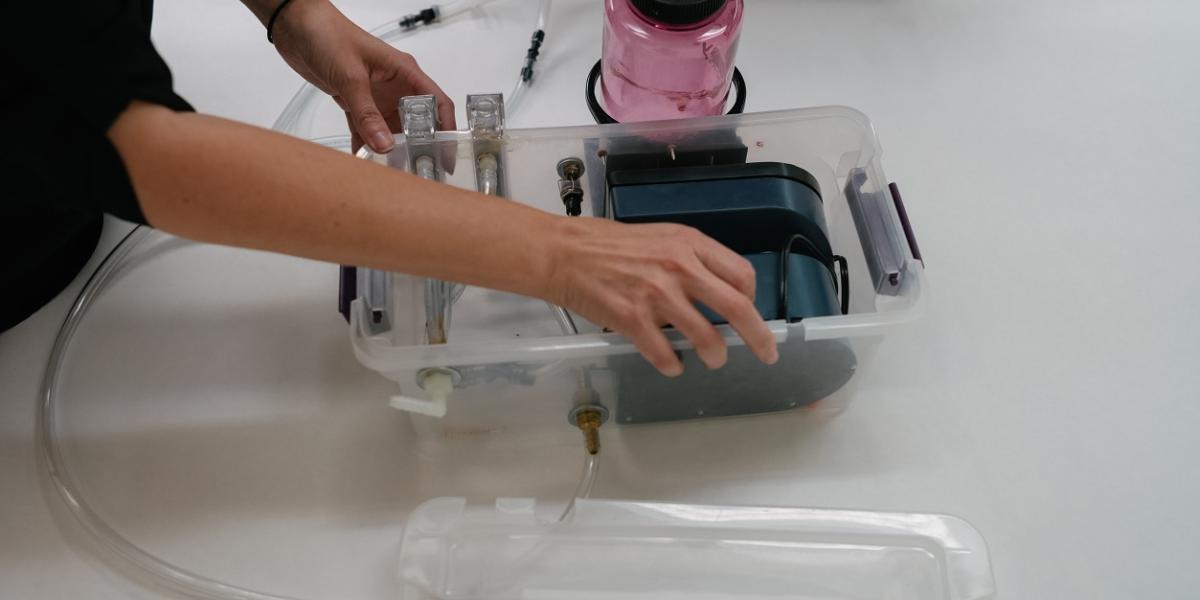
The Rice University students teamed up with 3rd Stone Design, a California-based development company, who helped refine and commercialize the device. The students then applied for and received a grant from USAID’s Saving Lives at Birth Grand Challenge.
Survival rates improved by 27 percent
Jocelyn and her team traveled to Malawi to train nurses and doctors on the use of the Pumani bCPAP and to initiate the first clinical trial.
Over a nine-month period, we saw that survival rates for patients on the Pumani bCPAP improved by 27 percent, compared to the standard oxygen treatment,” Jocelyn explained.
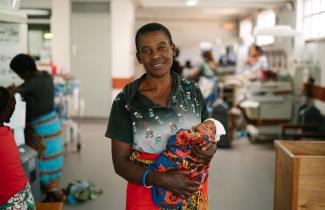
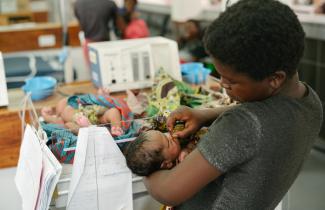
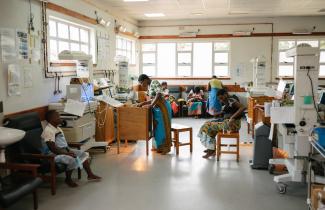
'A powerhouse in the neonatal ward'
Jocelyn was particularly impressed with Florence.
“Florence is a powerhouse in the neonatal ward. She personally takes care of everyone on that ward,” Jocelyn says
Florence: “I’m proud because I’ve played a role scaling the Pumani bCPAP in Malawi and now it is going to be scaled in other African countries.”
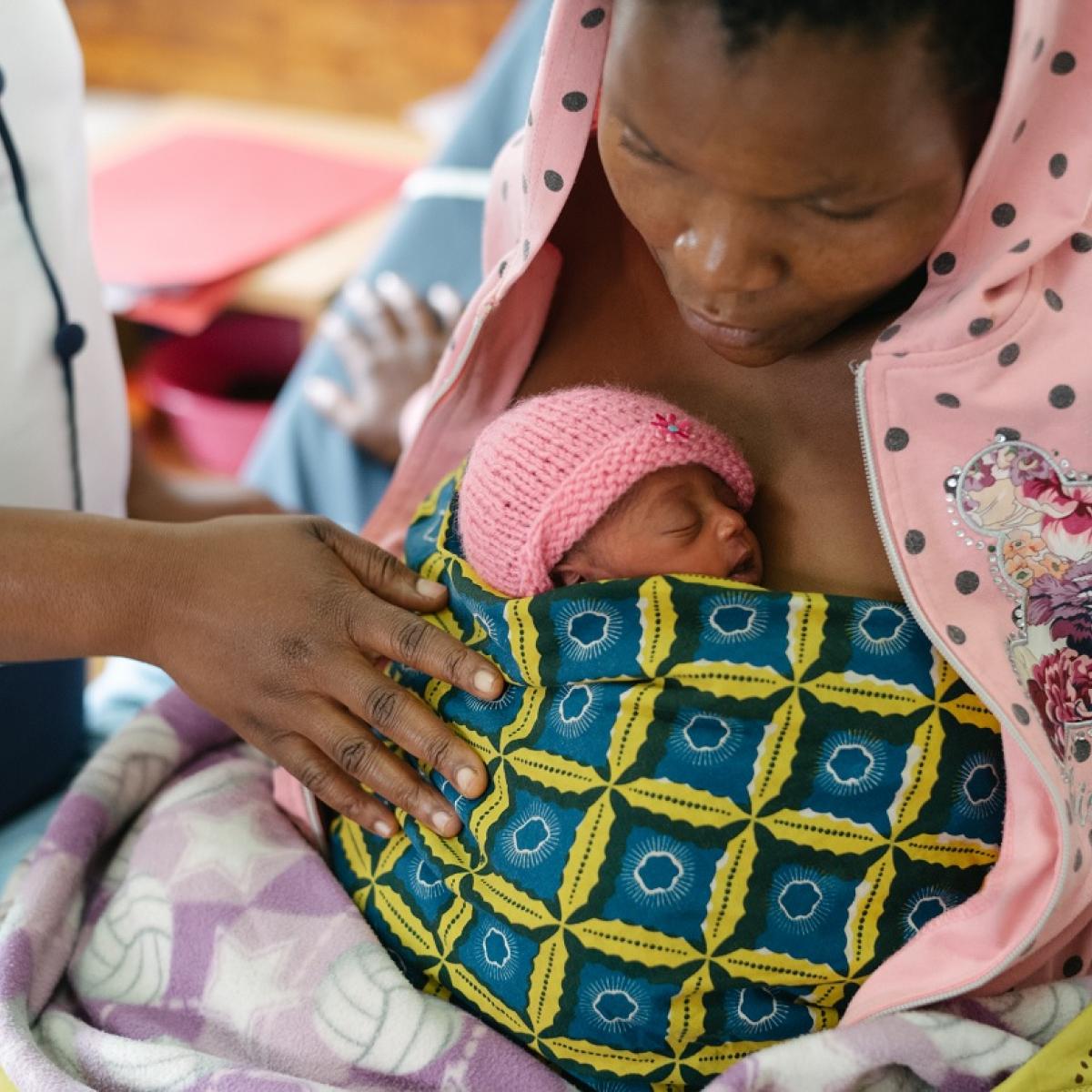
About This Story
With USAID support, the Government of Malawi uses the Pumani bCPAP in hospitals across the country.
After an initial seed investment from Saving Lives at Birth to prove that the intervention works, the USAID Malawi mission and Saving Lives at Birth supported the scale-up of the intervention across the country. ELMA Philanthropies funded the expansion into private facilities through the Christian Health Association of Malawi network.
Results have been so successful that the Rice University group is now incorporating the Pumani bCPAP into a package of newborn interventions that they are using additional multi-partner funding to expand across sub-Saharan Africa.
In the past five years, by supporting nurses like Florence and innovations like the Pumani bCPAP, USAID has helped save the lives of more than 800,000 newborns around the world.
USAID’s support of this partnership links the best of American ingenuity and generosity to create the conditions where aid is no longer needed.
Photos by Dave Cooper for USAID

